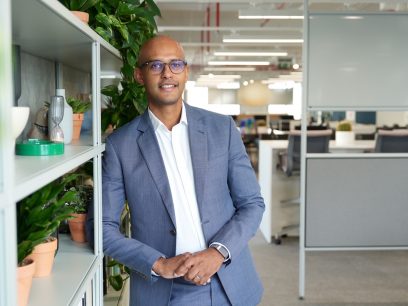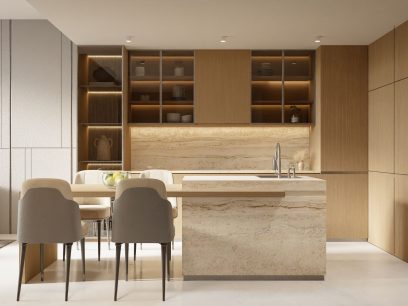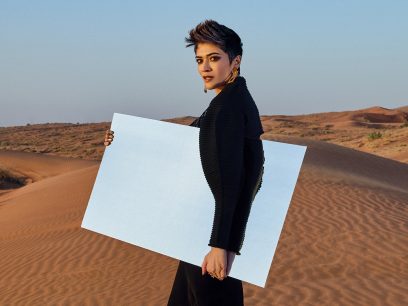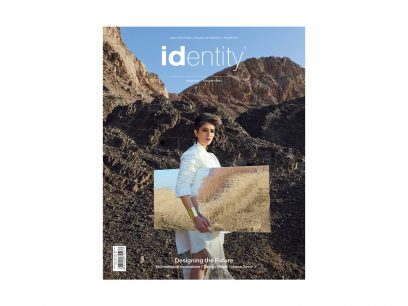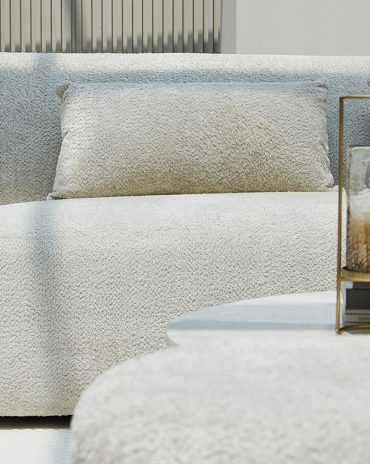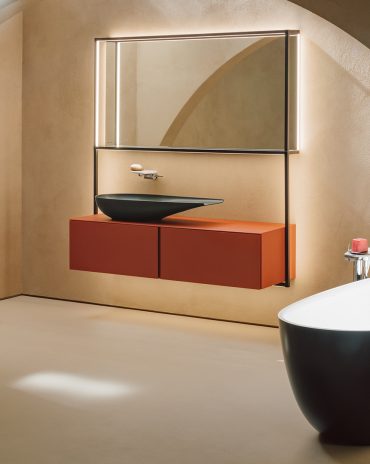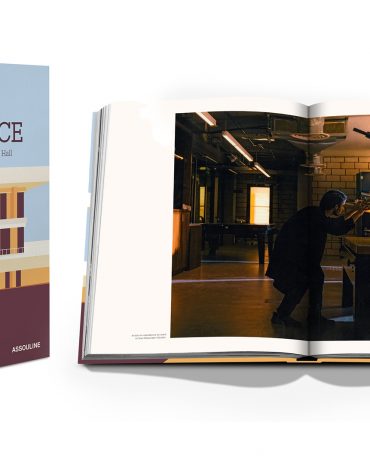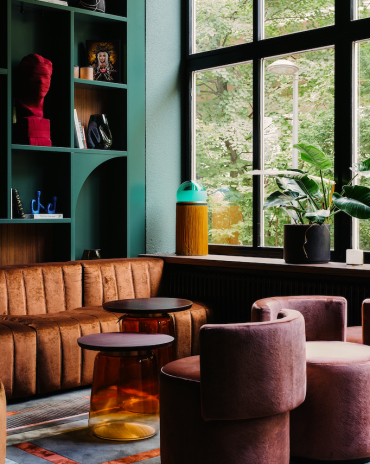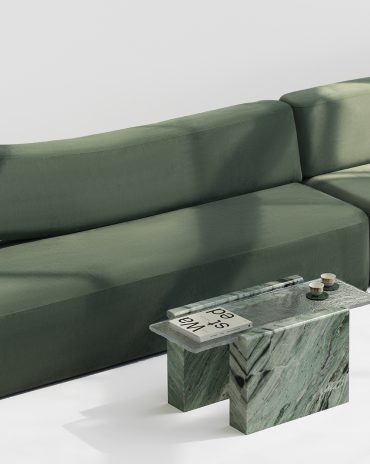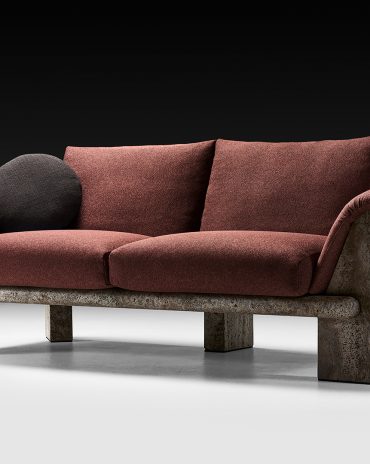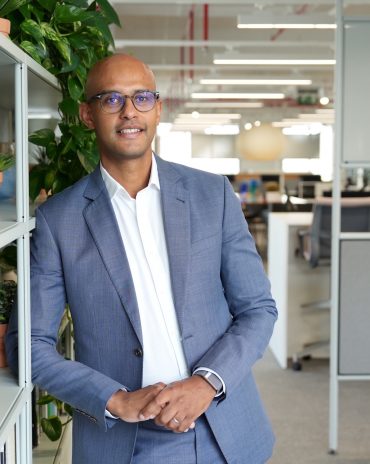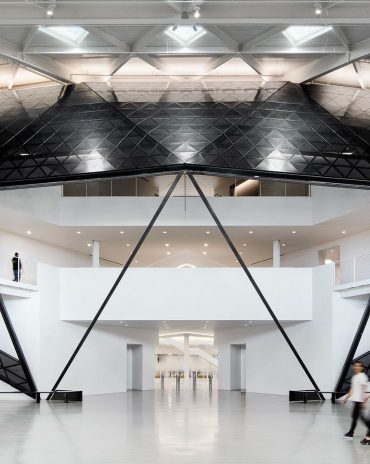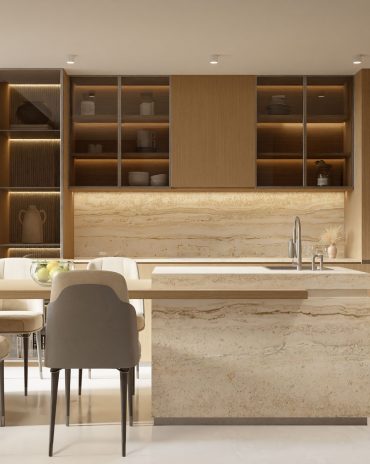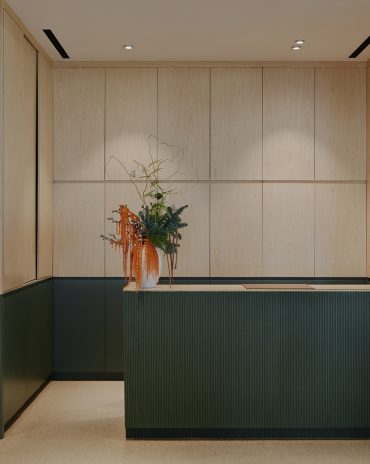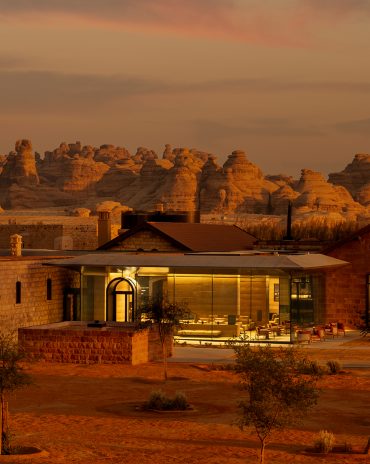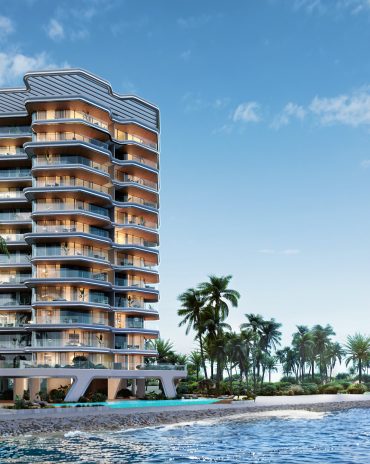Copyright © 2025 Motivate Media Group. All rights reserved.
2020 has changed the way we look at interiors, says Vanessa Northway of Heriot-Watt University Dubai
Northway discusses the importance of wellness, sustainability and digital solutions in interior design
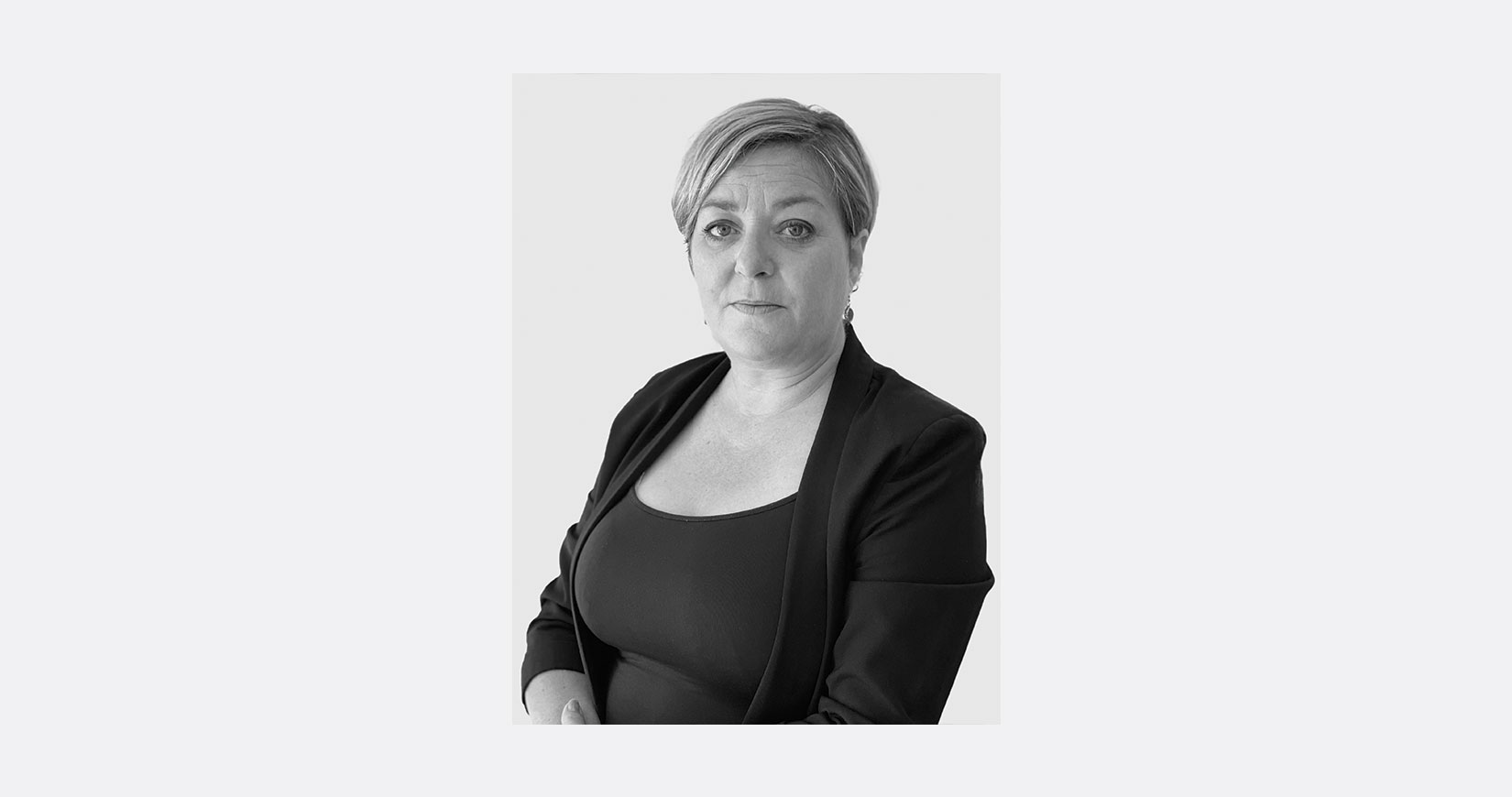
Vanessa Northway is the Associate Head of School, Associate Professor, School of Textiles & Design, and Senior Teaching Fellow at Heriot-Watt University Dubai.
id sponsorship: As the world continues to come to terms with spending most of its time indoors, interior design has gained more prominence than ever before. Although restrictions are gradually lifting, concerns stemming from a pandemic-driven 2020 could well last into the foreseeable future.
Homes were places of refuge and sanctuary; offices were places of productivity and creativity. However, 2020 has changed the way we look at our interiors, with people working from home rather than their workplaces for extended periods of time. Therefore, there are many lessons that we can learn and implement while designing spaces for homes and offices. The focus has shifted towards wellness, sustainability and the use of technology, all of which may not have been a priority when creating spaces a few years ago.
Today, wellness and sustainability are two critical pillars to focus on while designing spaces. Wellness refers to a balanced living area that addresses air and water quality, lighting, comfort and clutter-free space while also bringing out the best in you, emotionally and productively. Sustainability ensures the use of products and materials that are suitable for your living space and do not adversely affect the outside environment. Wellness and sustainability can be achieved by using the right amount of lighting for your room, decluttering, using air-purifiers or dehumidifiers, incorporating indoor plants, using products made from recycled or reclaimed materials, and using non-toxic and non-polluting products that are organic and not treated with pesticides. Organic cotton, bamboo, jute, cork and felt are some environmentally conscious alternatives to traditional materials. Bamboo, for example, is 100 per cent biodegradable, antibacterial and eco-friendly, if not chemically processed. User well-being and sustainability should not only be restricted to gyms, gardens or yoga centres, but also incorporated while designing homes and offices. Keeping customers’ well-being at the heart of each design project should be at every interior designer’s core.
The next key element will be the incorporation of innovative digital solutions in homes and office spaces. Technologically empowered fixtures such as intelligent lighting, low-flow taps, smart fridges or even solar-powered lights and doorbells can significantly contribute towards energy, water and monetary savings. In fact, LED light fixtures use at least 25 per cent less energy and last longer than traditional bulbs.
Finally, interior design professionals will need to be futuristic in their design approach to keep pace with global technological advancements. Virtual reality and 3D printing have already been introduced in architecture, and these technologies are here to stay. Understanding the fundamental requirements of working with technology to support industry demands is the need of the hour, to safeguard the future of interior designing.
At Heriot-Watt University, our interior design courses focus on equipping students with proper knowledge while also addressing current design and technology trends. By helping future interior design professionals concentrate on sustainable and technologically-driven solutions through our courses, we hope to continue contributing positively to the industry in the UAE and the region.
The Latest
Textures That Transform
Aura Living’s AW24 collection showcases the elegance of contrast and harmony
Form Meets Function
Laufen prioritises design, functionality and sustainability in its latest collections
Preserving Culture, Inspiring Creativity
Discover the Legacy of a Saudi Art Space: Prince Faisal bin Fahd Arts Hall explores the Hall’s enduring influence on the cultural fabric of Saudi Arabia
Channelling the Dada Spirit
Free-spirited and creative, The Home Hotel in Zurich injects a sense of whimsy into a former paper factory
id Most Wanted- January 2025
Falaj Collection by Aljoud Lootah Design
Things to Covet in January
identity selects warm-toned furniture pieces and objets that align with Pantone’s colour of the year
Shaping the Future of Workspaces by MillerKnoll
Stacy Stewart, Regional Director Middle East & Africa of MillerKnoll discusses the future and evolution of design in workspaces with identity.
Shaping Urban Transformation
Gensler’s Design Forecast Report 2025 identifies the top global design trends that will impact the real estate and built environment this year
Unveiling Attainable Luxury
Kamdar Developments has launched 105 Residences, a new high-end development in Jumeirah Village Circle.
The Muse
Located in the heart of Jumeirah Garden City, formerly known as ‘New Satwa’, The Muse adds to the urban fabric of the area
Cultural Immersion Meets Refined Luxury
The Chedi Hegra opens its doors in AlUla’s UNESCO World Heritage Site
Redefining Coastal Luxury
Sunshine Bay on Al Marjan island combines seaside views, exceptional design, and world-class amenities to create a unique waterfront haven

